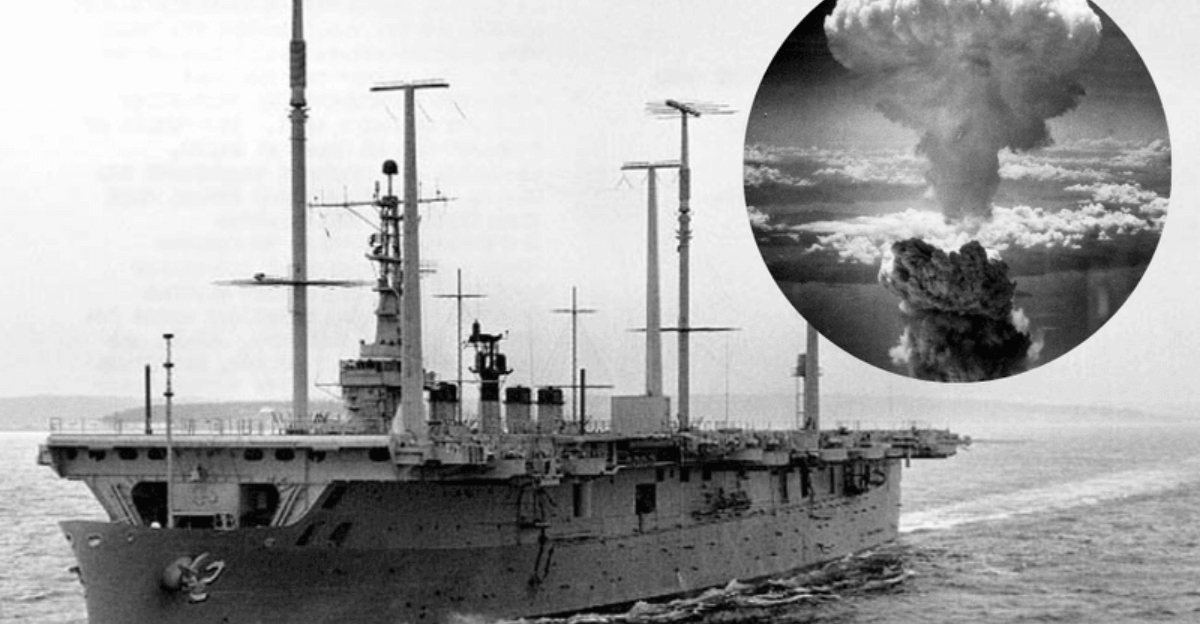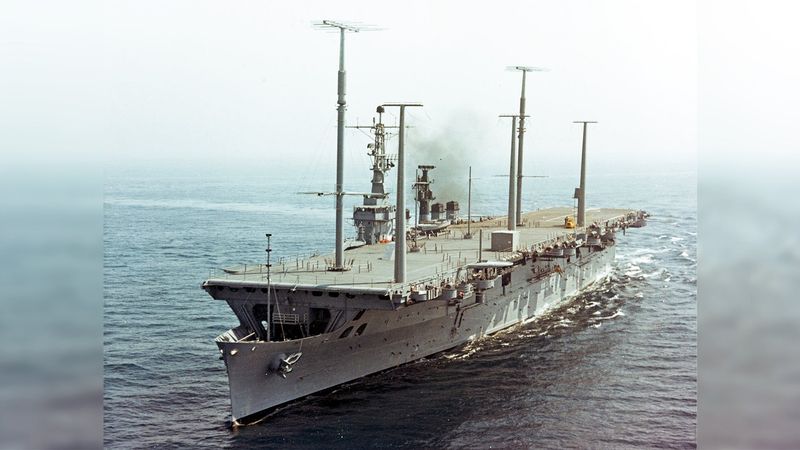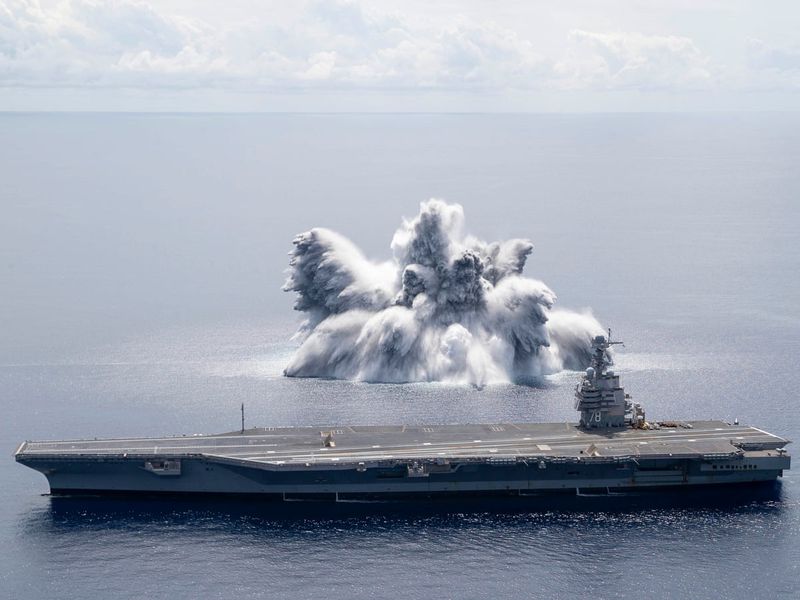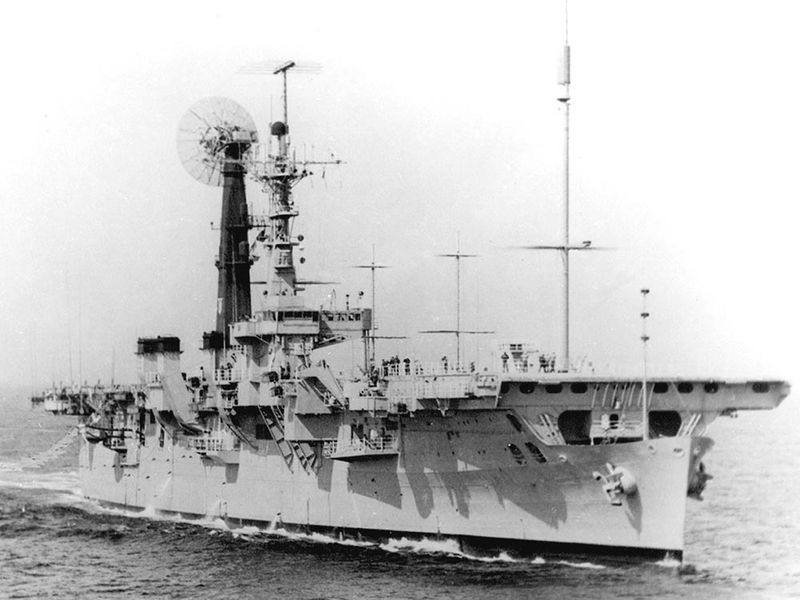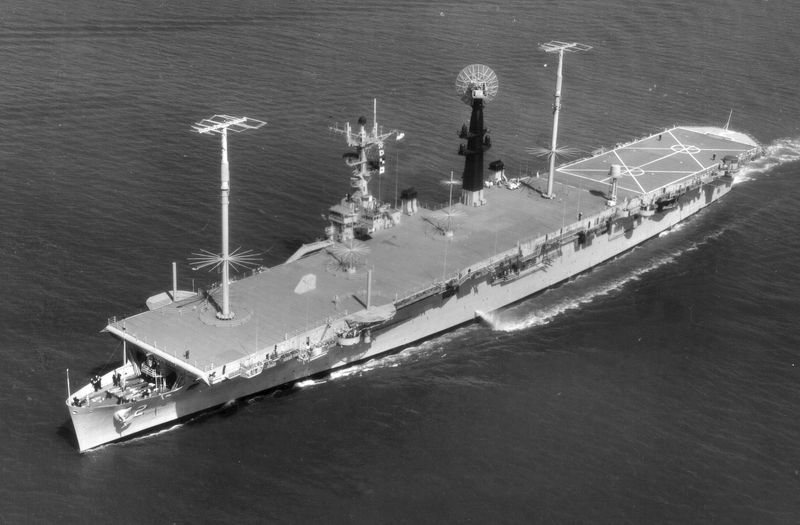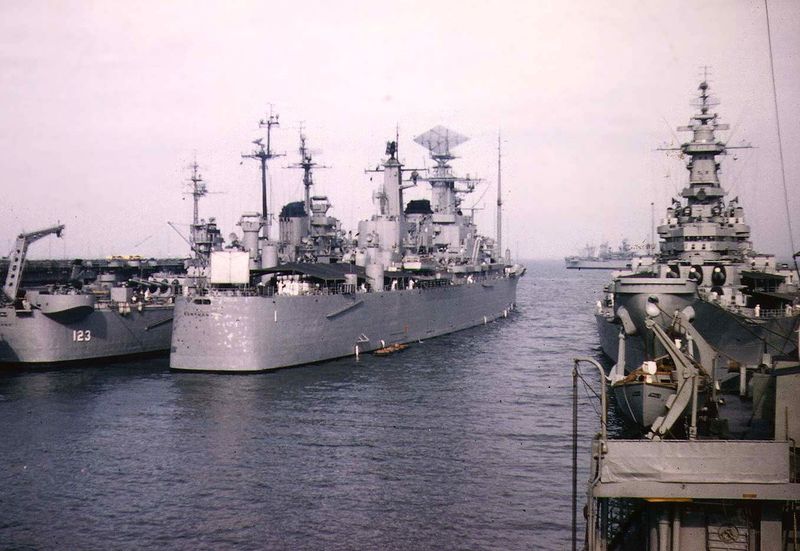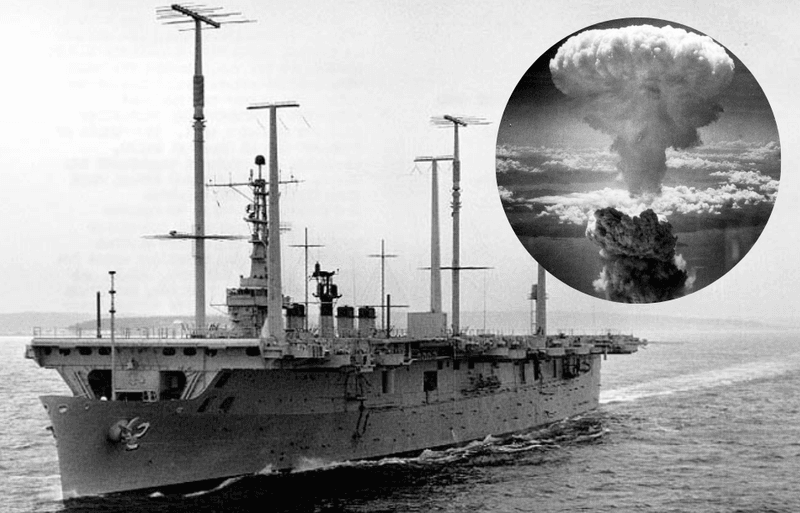During the height of the Cold War, when nuclear tension between the U.S. and the Soviet Union was at its peak, the U.S. government quietly constructed two of the most extraordinary vessels in naval and presidential history. Nicknamed “Floating White Houses,” these ships weren’t just military marvels—they were floating command centers designed to keep America’s leadership functioning in the worst-case scenario. Here’s what you probably never knew about them.
1. Built in Total Secrecy
Amid the Cold War’s shadow, the U.S. quietly outfitted two Navy ships, the USS Wright (CC-2) and USS Northampton (CC-1). These vessels were transformed into mobile command centers, envisioned as sanctuaries for the President and high-ranking officials during nuclear conflict. Cloaked in secrecy, their construction was a strategic move veiled from public scrutiny.
While the world fixated on missiles and bunkers, this covert operation ensured continuous leadership even amid nuclear chaos. The ships’ creation bore witness to America’s relentless pursuit of preparedness, safeguarding governance in potential nuclear Armageddon.
2. Nicknamed “Floating White Houses”
These naval giants earned their nickname due to their function as replicas of the White House, equipped to host the U.S. President. Their design was a testament to strategic foresight, ensuring continuous governance amidst nuclear threats.
The ships mirrored presidential capabilities, providing communication and command facilities equivalent to the White House, even in open sea. This moniker encapsulated their purpose: enduring, floating symbols of American resilience. As silent sentinels, they stood ready to govern from the ocean’s expanse, embodying a floating presidency.
3. Codenamed “National Emergency Command Post Afloat”
The USS Northampton bore the codename NECPA (National Emergency Command Post Afloat), a designation reflecting its monumental role. As a full-scale backup government headquarters, it was equipped to operate during national disasters.
This codename underscored its significance in the continuity-of-government strategy, bridging national leadership in crises. Its presence was a steadfast assurance that, even amid chaos, governance would persevere. The ship’s duality as both a naval vessel and a command post highlighted its strategic importance, an oceanic bastion of leadership continuity.
4. Surviving a Nuclear Shockwave
Built with resilience, these ships could withstand nuclear shockwaves and electromagnetic pulses (EMPs). Their design ensured survival in a nuclear environment, capable of maintaining command even if Washington, D.C. fell.
This fortification was crucial, allowing operations to continue amid nuclear fallout. A testament to engineering prowess, their ability to endure such conditions marked them as linchpins in national security. These vessels embodied the unyielding spirit of survival, a maritime fortress against nuclear obliteration.
5. Existence Kept Secret from the Public
The existence of NECPA remained concealed, its operations buried under layers of government secrecy. Sailing along coastlines and international waters, these ships executed their mission without public awareness.
Their clandestine nature was intentional, preserving operational integrity and strategic advantage. Shielded from the public eye, they epitomized the quiet strength of Cold War era preparedness. Their stealthy presence was a constant, veiled guardian of governance continuity, a maritime secret safeguarding national interests.
6. Direct Communication Links
Outfitted with cutting-edge communications, these ships maintained direct links to missile silos, Air Force bases, and submerged submarines. This capability allowed remote command of nuclear forces, ensuring strategic command continuity.
The ships’ advanced communication systems were vital, bridging command networks and enabling decisive action. These floating hubs of connectivity ensured the President could lead not just from land, but from sea, embodying a comprehensive command structure. This maritime network exemplified technological sophistication and strategic foresight.
7. Never Used by a Sitting President
Despite their readiness, no sitting President ever needed to board these ships during a crisis. Yet, their constant readiness was a critical component of American defense strategy.
Maintained to perfection, they were symbols of readiness, a testament to preparedness that thankfully went untested. Their presence was a reassuring force, exemplifying America’s commitment to being prepared for the unimaginable. These ships were unsung heroes, always ready yet never called upon, a silent guardian on standby.
8. Control in Washington’s Absence
In case of a decapitation strike on Washington, these ships were ready to assume command. They were equipped to control military and nuclear functions, becoming the epicenter of governance in crisis.
This ability to take over was vital, ensuring leadership persisted despite catastrophic scenarios. The ships’ readiness to govern from sea showcased America’s strategic depth, capable of maintaining order even if traditional command structures were incapacitated. They embodied continuity, a maritime anchor in turbulent times.
9. Part of a Continuity-of-Government Plan
These ships were integral to a broader continuity-of-government plan, complementing bunkers like Raven Rock and Mount Weather. Together, they formed an intricate survival infrastructure.
This network was a testament to strategic planning, ready to ensure governance continuity amid national catastrophes. The ships’ role within this plan highlighted their significance, part of a resilient strategy designed to withstand existential threats. Their contribution to this network was a silent assurance, a steadfast component of America’s survival blueprint.
10. Retirement and Legacy
As technology advanced, these ships were retired, their roles supplanted by more secure land-based systems. The USS Northampton decommissioned in 1970, followed by the USS Wright.
Though retired, their legacy endures in modern continuity strategies, a reminder of Cold War resilience. These ships were pioneers in maritime command, their influence lingering in America’s strategic doctrines. Their retirement marked the end of an era, but their spirit lives on, a testament to innovation in the face of adversity.
